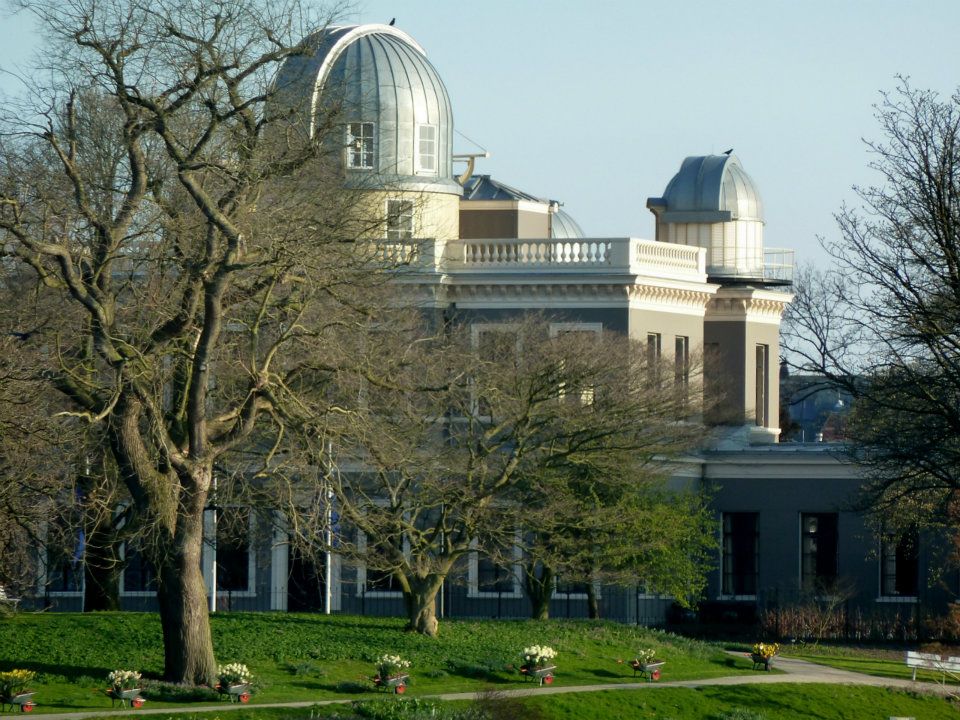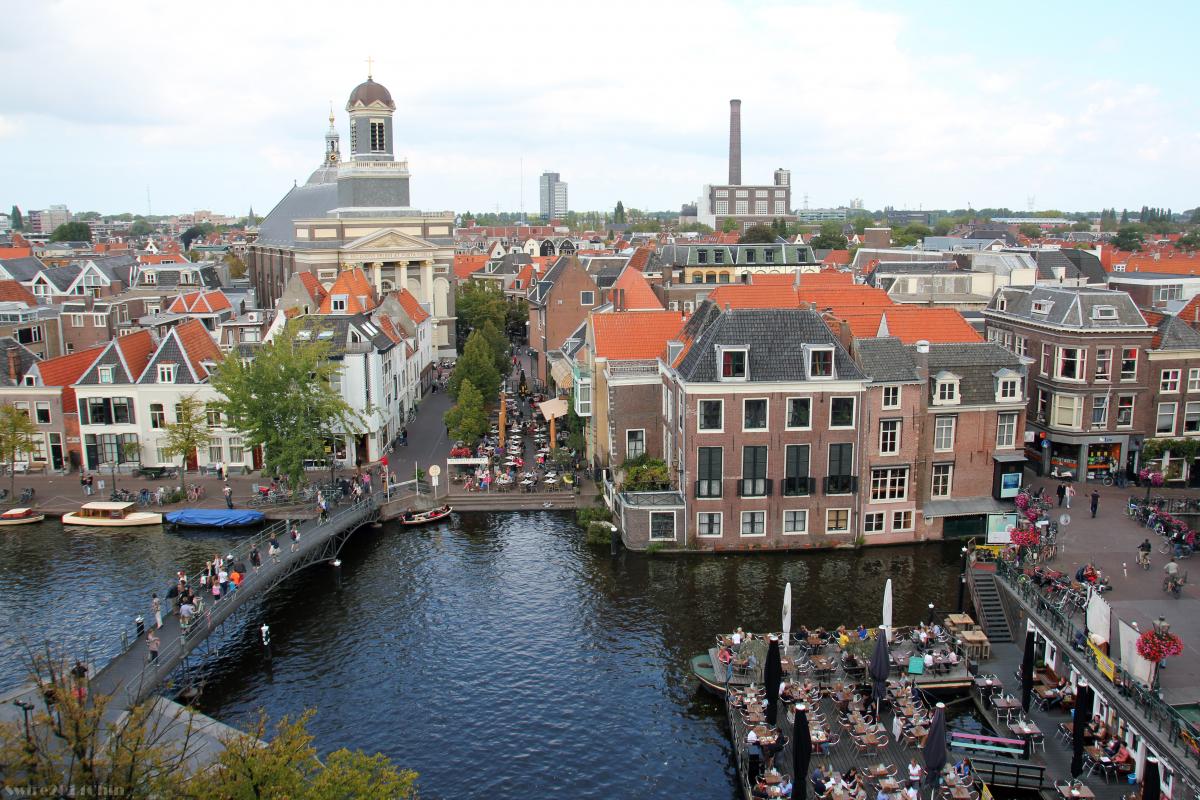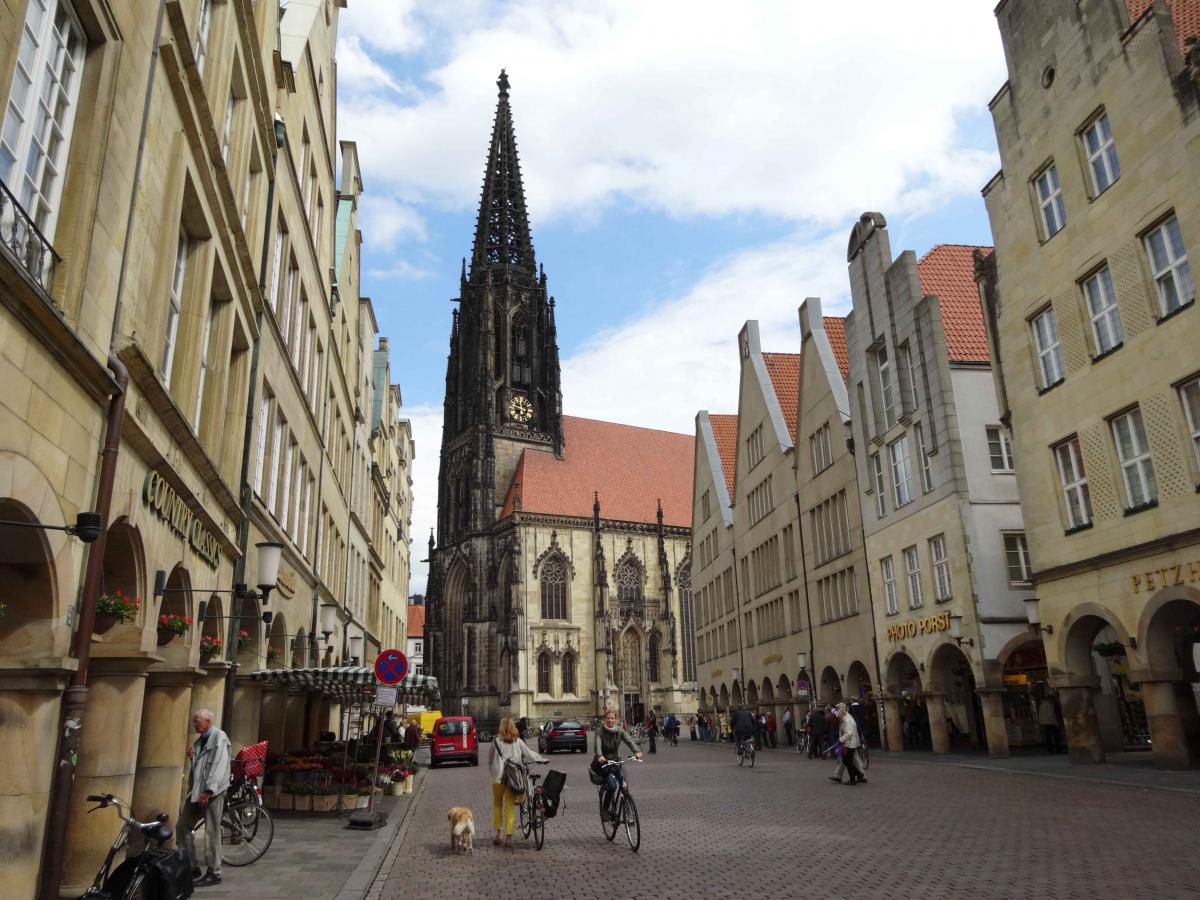Science without borders: an astronomy-based school exchange Teach article
Typical school exchanges focus on language and culture – but you can also build a successful exchange programme around science.

Image courtesy of Universe
Awareness; image source:
Flickr
The main aim of most school exchange programmes is to help students learn another language. Organised activities – often with social, cultural or historical aspects – are usually included to get students talking to each other. But why are there so few exchange programmes where students learn and talk about science? Science is truly international, and English – which is not the first language for most scientists – is the lingua franca of the international scientific community.
Five years ago, we – as science teachers – decided to devise an exchange programme based on science topics and conducted in English. Since then, our schools in Münster (Germany) and Leiden (the Netherlands) have worked together on a programme in which students aged 14–16 learn about astronomy. Twice a year (in Leiden in November and Münster in February), we introduce the students to methods, experiments and current research in astronomy – and, of course, have some fun with leisure-time activities.
Our students are enthusiastic about the programme, and we are proud that it has become a permanent fixture in our schools’ calendars. Judging from the feedback we get from the students, we believe that the exchange helps students to develop or maintain a positive attitude towards natural sciences. During the exchange, the students gain an insight into real research and have the opportunity to practice their English skills within a scientific field. In the future, this experience might encourage them to take a STEM subject at school or university, or give them the confidence to go abroad for their studies.
In this article, we describe how we organise these exchanges and what we have learned along the way. Perhaps our experiences can inspire others to set up a scientific exchange at their school?
How to set up a scientific school exchange
If you wish to initiate a scientific school exchange programme of your own, the following steps might serve as a guideline.
1. Choose a topic
Find a suitable topic and one or more local co-operation partners who can provide expertise and opportunities for visits (e.g. a university with facilities for schools, a museum or observatory, or even a company).
For the school in Leiden, astronomy was a natural choice: the town has an old observatory that offers guided tours, the European Space and Technology Centre (ESTEC) is close by, and the University of Leiden has an astronomy department. Another advantage is that astronomy is not part of the national school curriculum, so the students would all start at the same level.

Image courtesy of Canadian Pacific; image source: Flickr
2. Find a partner school
Decide on how much time and money you can afford to spend on the exchange programme. Then find a country, a town and a twin school that suit your ideas.
Since the students stay with host families, the largest part of the exchange cost is travel. In the Leiden school, we decided that the twin school should not be too far away. We also wanted the students to experience communicating about science in English with other non-native speakers, so we chose a non-English speaking country. The duration, as for other exchanges the school offers, was four days.
We found out where in Germany astronomy could be studied at a university and chose two cities not too far from Leiden: Bonn and Münster. We then read the websites of the high schools in those cities to see if they might be interested in a scientific exchange programme. We contacted eight schools, and two of them responded positively. The final decision was made after we investigated which German school might be best suited in terms of the school calendar, enthusiasm of the teachers, and support from the school administration.
In Münster, the exchange started with the email from Leiden asking if their school might be interested in the programme, which we named Science in Space.

Image courtesy of Foto Fitti; image source: Wikimedia Commons
3. Agree on the details
Arrange a meeting with the partner school to agree on the main organisational details at both schools, e.g. age and number of students, duration and date of the exchange, application deadlines, costs for students and teachers, and accommodation.
We wanted the students to have enough knowledge of algebra to do interesting calculations, but not to be too close to their final exams, so we decided on students aged around 15. Since we planned activities requiring all the students from both schools to fit into a classroom or to go on a guided tour, we offered a maximum of 16 places for each school.
4. Devise the programme
Prepare the schedule and the scientific part of the programme for the home visit by the partner school.
Each team is responsible mainly for their home part of the programme. We now have an established pattern for the programme, comprising a mixture of social and astronomy-related activities. The arrival half-day is used for students and staff to get to know each other and the town. This is followed by a day at school, then a day at university, and a half-day at school again. You could also (or instead) include a visit to an external facility – somewhere like the Old Observatory in Leiden, which is still in operation, or the planetarium in Münster.
Image courtesy of Christina Diehl
Image courtesy of Christina Diehl
5. Publicise your exchange
Advertise the exchange at your school and select participants.
Each year, we produce a flyer and put a notice on the schools’ websites to inform students and parents about the exchange. Students who participated in the previous year’s exchange visit classes to explain why it’s great to get involved.
To compete for places, the students write letters of application. We use these letters, the students’ grades and the aim of gender parity as the selection criteria.
6. Organise the social side
The student participants organise the social and cultural activities for the home visit.
At each school, we usually have the first meeting with the students in mid-September. We tell them about the programme schedule and ask them to plan the group activities themselves. For example, we always have a city tour and dinner together on the first day, but the students organise the details. They might plan a trail-based quiz to get to know the town, and book a restaurant likely to appeal to other students.
Image courtesy of Christina Diehl
7. Refine your plan
Check the programme from both sides, and take the time to fine-tune as needed.
Although most of the activities are organised by the home school in each location, we always review both sides of the programme between us before the exchange, to ensure they form a coherent whole. As well as balancing the social and scientific aspects, the programme should be arranged so that the second visit builds on the ideas from the first visit.
8. Evaluate your exchange
Evaluate the programme after both sides of the exchange have taken place.
We ask the students for feedback after each trip, but we also have an evaluation session with the teachers every year to discuss possible improvements.
Pitfalls and problems
Our school exchange is now in its fifth year. While this means that much has gone right, it does not mean that nothing has ever gone wrong. We mention here two problems that we have had to resolve, in the hope that our experiences will help others to avoid these pitfalls.
Workload
Be realistic about what students can achieve during a short exchange.
In the first year, we devised a very ambitious programme with many different assignments for every student to complete. It turned out that the students had to work so fast that they often did not understand the assignments well. We found that it was better to allocate the assignments to different groups of students (and omit some). This led to students understanding the material for their own topics better, and making more interesting presentations about them, which the other students were then more able to follow.
Communication
fluorescent ceiling light,
taken with the student
spectroscope and a
smartphone
Image courtesy of Claudia
Callies
Evaluate the programme every year, not only with the students but also with the teachers.
In the fourth year of the exchange, we experienced some tension between the two teacher teams. What had happened? It turned out that we had not talked enough about the different circumstances and practicalities at the two schools. We arranged a telephone conference, stated the problems as we saw them, discussed the limitations and possible options at the two schools, and then went on to establish some written guidelines that both teams felt they could follow comfortably.
Because the exchange programme had gone so well for the students, we had not established a feedback culture among ourselves. Now, we not only ask the students for feedback, but also take the time to look back at how things went for the teachers and how we feel about it.
Creating your own programme
If you would like to set up your own science exchange programme, the topic doesn’t need to be astronomy and you don’t need to be close to a university. If you have a chemical company nearby, find out if you can work together. Perhaps the company has a branch abroad and you can find a school near there? There are also other ways to set up a programme: for example, you can start searching the eTwinning site of the Erasmus+ programmew1, w2.
Each programme must be designed to suit its schools’ individual circumstances. Whatever you decide to do, be creative: this will help you to set up a programme that will be enjoyed by your students now, and perhaps many others in years to come.
Finally, if you are interested in establishing an astronomical exchange programme at your school, we would be happy to send you our complete materials (Word and PDF files, including the workbooks we use in Leiden and Münster). Please send us an e-mail (christina.diehl@gmx.de, c.callies@gymnasiumleiden.nl).
Acknowledgement
This article is based on a presentation at the German national Science on Stage festival in 2016. Science on Stagew3 is the network for European science, technology, engineering and mathematics (STEM) teachers, which was initially launched in 1999 by EIROforum, the publisher of Science in School. The non-profit association Science on Stage brings together science teachers from across Europe to exchange teaching ideas and best practice with enthusiastic colleagues from 25 countries.
Web References
- w1 – The Erasmus+ programme supports education, training, youth and sport in Europe.
- w2 – The Erasmus+ programme eTwinning promotes school collaboration in Europe.
- w3 – Visit the Science on Stage website.
Resources
- For our astronomical programme, we found the following resources very useful:
- ESA (the European Space Agency) provides a lot of educational material – for example, the ESA/ESO Exercise series booklets.
- NASA has a website, Astronomy Picture of the Day, which we used for an assignment.
- The House of Astronomy in Heidelberg, Germany, provides useful teaching material. For our exchange, we use their infrared box, which comes complete with a set of 15 experiments and a handbook (in German).
- The German project, Wissenschaft in die Schulen (Science in Schools), also provides useful teaching material, part of which we translated into English for our exchange programme.
Review
This article describes a novel and innovative way of teaching science by exchanging ideas between students, teachers and scientists from different countries.
Two ambitious teachers introduce their students to science, astronomy and to each other through an exchange programme. Via various activities, students from two countries obtain new experiences, exchange ideas, learn a new language and overcome obstacles with a common aim: to learn about science through experience within a multicultural environment.
Teachers will be able to adapt the ideas in the article to create similar activities in their own schools. Those from different subjects could work together to create an interdisciplinary approach. If schools can find a university department to co-operate with, this could also give the students their first taste of university life.
Christina Aristodimou, St Peter and Paul Lyceum, Cyprus





